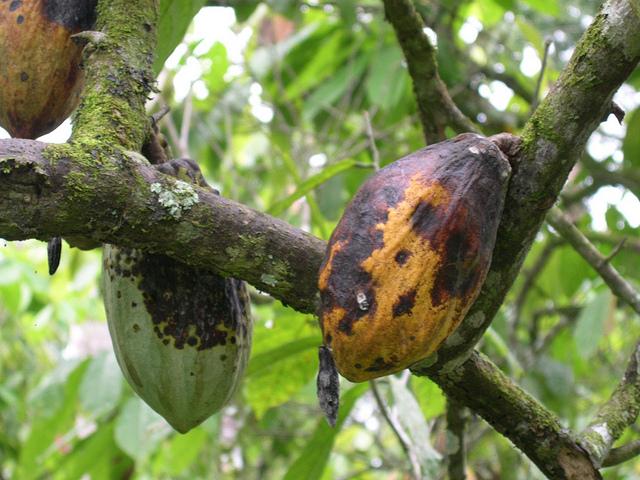Black pod disease is one of the biggest threats to cocoa production across West Africa. Many farmers have seen healthy pods turn black almost overnight, losing a large part of their harvest. The truth is, black pod is dangerous, but it can be managed if spotted early.
In this blog, we’ll show you how to identify the first signs of black pod, understand how it spreads, and share simple steps you can take to protect your farm.
What is Black Pod Disease?
Black pod disease is caused by fungi from the Phytophthora group. These fungi thrive in warm, wet, and humid conditions, exactly the kind of weather cocoa grows best in. Once the fungus infects a pod, it rots quickly and becomes useless for processing.
If not controlled, black pod can destroy 30% to 90% of your harvest in one season.
Why Early Detection is Important
Every farmer knows prevention is cheaper than cure. The earlier you notice black pod, the easier and less costly it is to control. Waiting too long means:
- More pods get infected.
- Sprays become less effective.
- You risk losing a big share of your income.
Early Signs of Black Pod to Look Out For
When walking through your cocoa farm, check your pods carefully. Here are the main things to watch for:
1. Brown or dark spots on green pods.
2. Water-soaked or soft areas as if the pod has been bruised.
3. Rapid blackening (the brown patch spreads until the pod turns fully black).
4. Rotting before maturity (i.e., pods spoil while still young).
5. White fungal growth (in very humid or rainy conditions, you may see a white layer of fungus on the infected pod).
If you notice any of these signs, act immediately.
What to Do if You Spot Black Pod
Here are simple steps to control black pod early:
* Remove and destroy infected pods: cut off infected pods and bury them away from the farm.
* Prune and weed regularly: keep the farm clean and airy to reduce humidity.
* Spray fungicides correctly: use recommended fungicides at the right intervals, especially during the rainy season. For cocoa, we recommend Mackeknie Gold or Mackeknie Extra for controlling black pod infection in cocoa.
* Harvest frequently: don’t leave ripe pods hanging too long.
* Improve drainage: avoid stagnant water around your farm.
Long-Term Prevention
* Plant resistant cocoa varieties where possible.
* Train your workers to identify early symptoms.
* Stick to a seasonal fungicide program, not just emergency spraying.
* Practice farm hygiene throughout the year.
Wrapping up,
Black pod is a tough enemy, but it’s not unbeatable. By checking your pods regularly, acting fast, and maintaining good farm practices, you can protect your cocoa and secure your harvest.
Remember: a few minutes of inspection today can save you months of hard work tomorrow.

Leave a Reply